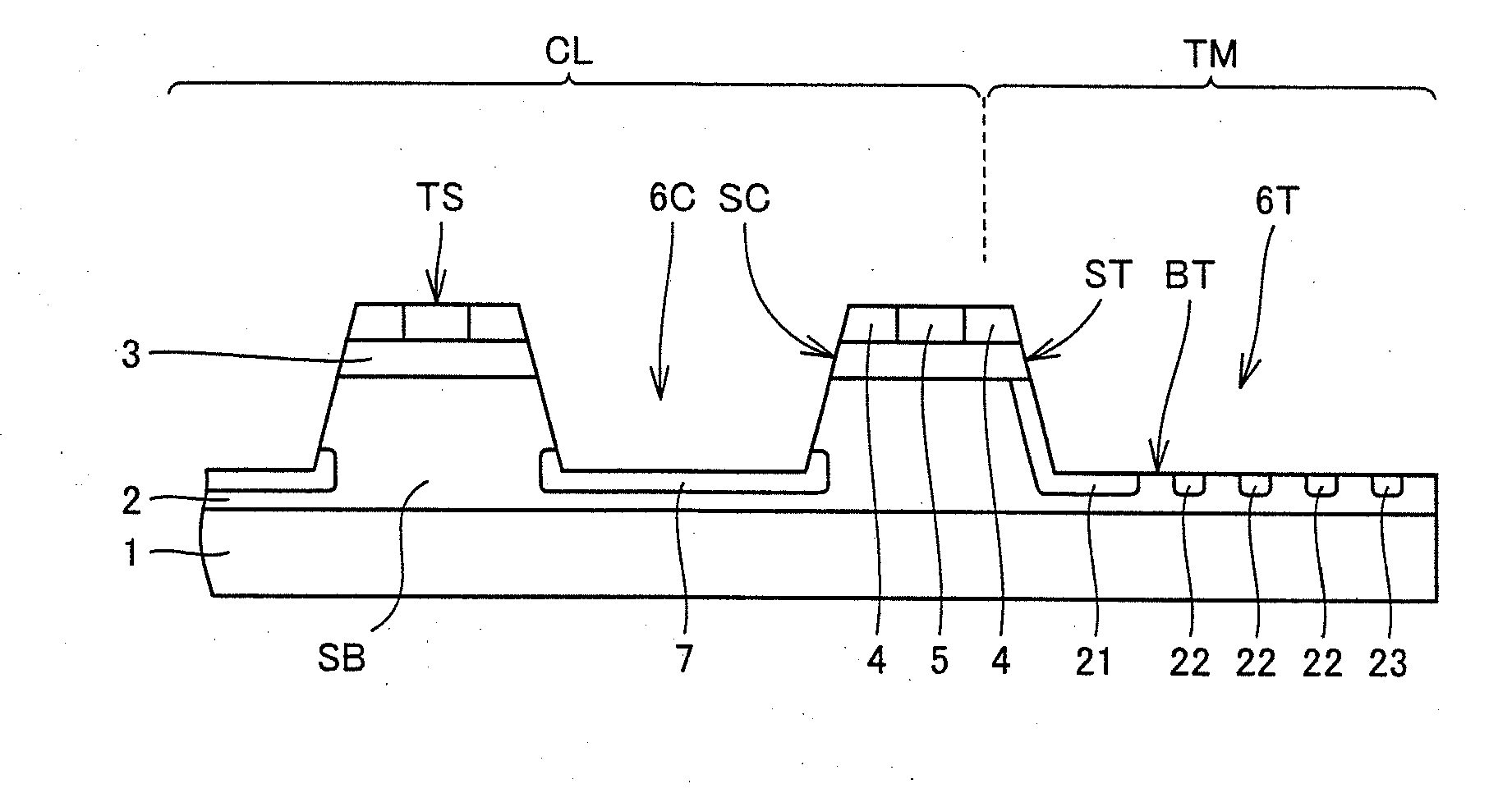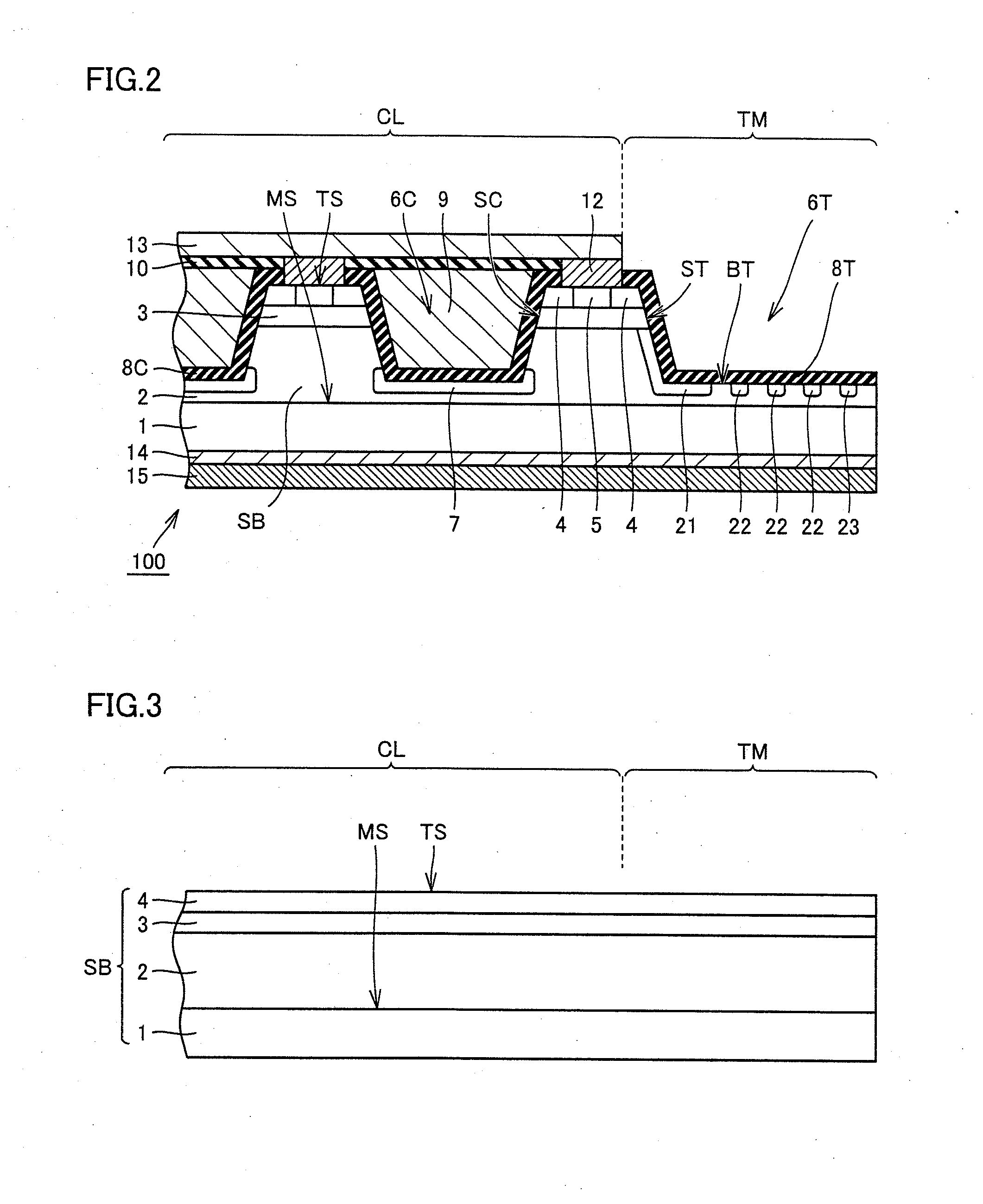Silicon carbide semiconductor device and method for manufacturing same
a semiconductor device and silicon carbide technology, applied in the direction of semiconductor devices, basic electric elements, electrical equipment, etc., can solve the problem of leakage current likely to flow between the first and second electrodes
- Summary
- Abstract
- Description
- Claims
- Application Information
AI Technical Summary
Benefits of technology
Problems solved by technology
Method used
Image
Examples
Embodiment Construction
[0022]The following describes an embodiment of the present invention with reference to figures. It should be noted that in the below-mentioned figures, the same or corresponding portions are given the same reference characters and are not described repeatedly. Regarding crystallographic indications in the present specification, an individual plane is represented by ( ) and a group plane is represented by { }. To indicate a negative index of a plane, a negative symbol is put before a numeral instead of putting “-” (bar) above the numeral. For description of an angle, a system in which an omnidirectional angle is 360° is employed.
[0023]First, the following describes a gist of a configuration of a MOSFET serving as a silicon carbide semiconductor device of the present embodiment.
[0024]As shown in FIG. 1(A), when viewed in a plan view, MOSFET 100 has an element region CL provided with a transistor element (semiconductor element), and a termination region TM surrounding element region CL...
PUM
| Property | Measurement | Unit |
|---|---|---|
| angle | aaaaa | aaaaa |
| angle DC | aaaaa | aaaaa |
| off angle | aaaaa | aaaaa |
Abstract
Description
Claims
Application Information
 Login to View More
Login to View More - R&D
- Intellectual Property
- Life Sciences
- Materials
- Tech Scout
- Unparalleled Data Quality
- Higher Quality Content
- 60% Fewer Hallucinations
Browse by: Latest US Patents, China's latest patents, Technical Efficacy Thesaurus, Application Domain, Technology Topic, Popular Technical Reports.
© 2025 PatSnap. All rights reserved.Legal|Privacy policy|Modern Slavery Act Transparency Statement|Sitemap|About US| Contact US: help@patsnap.com



